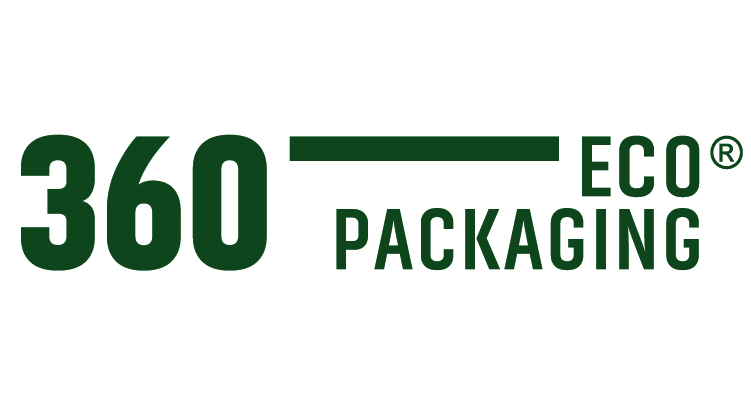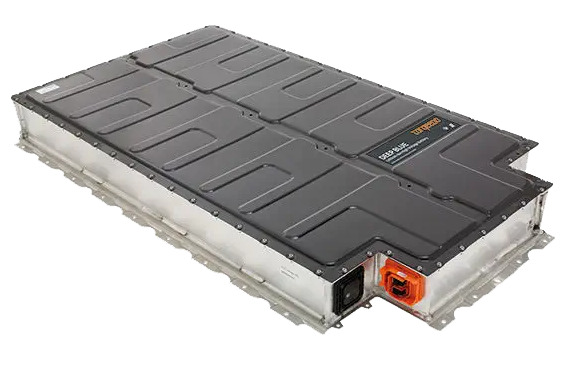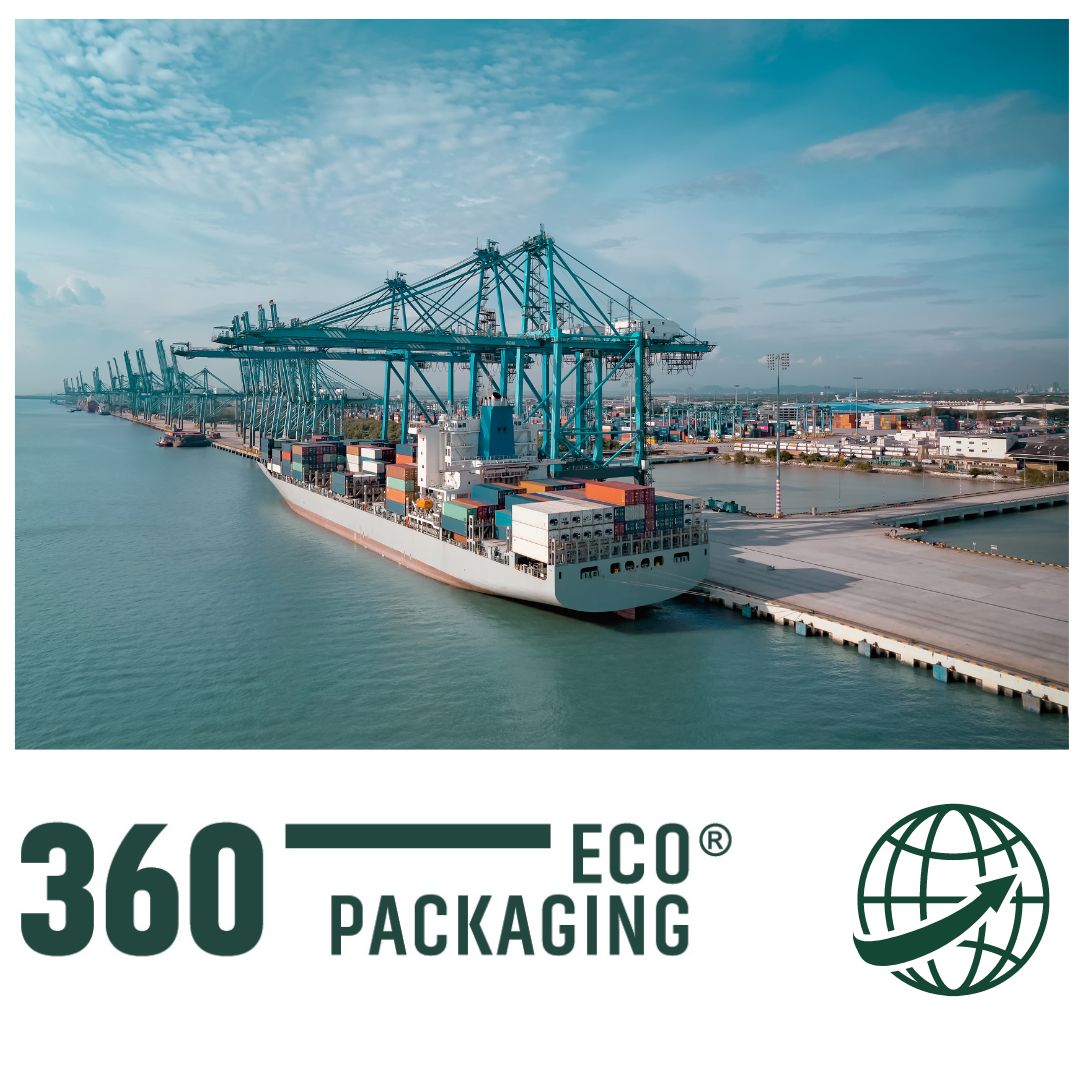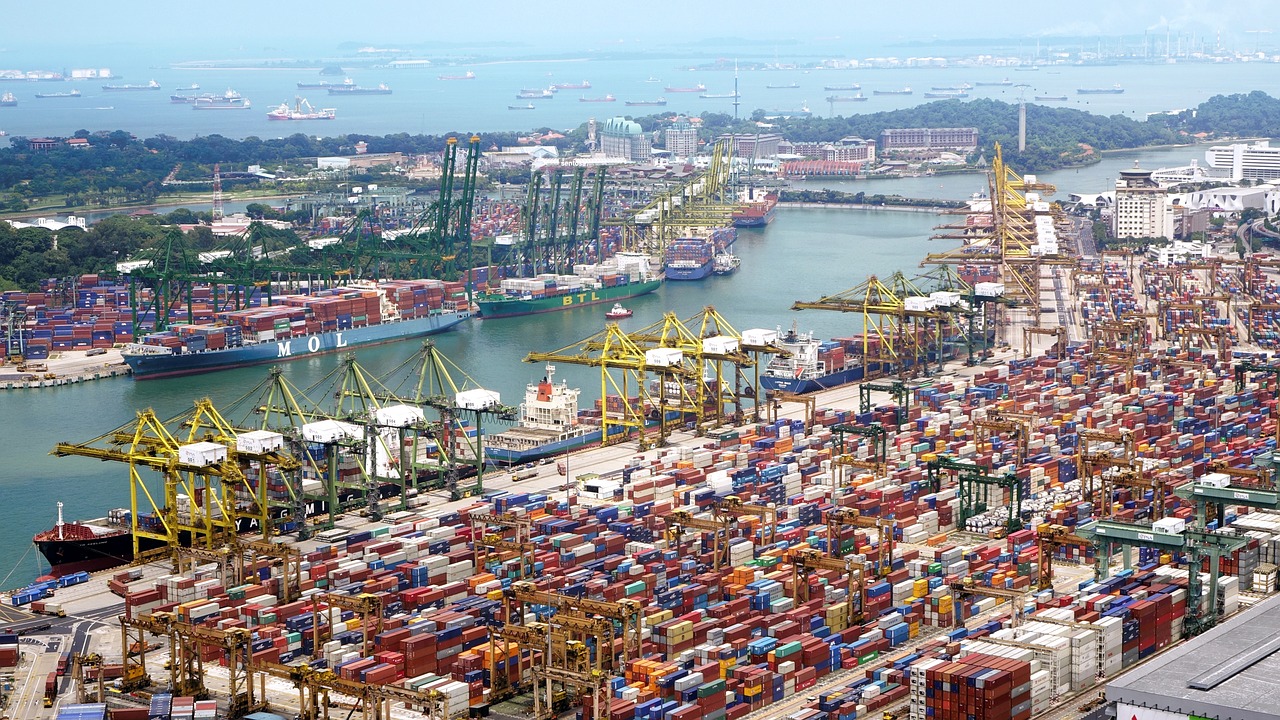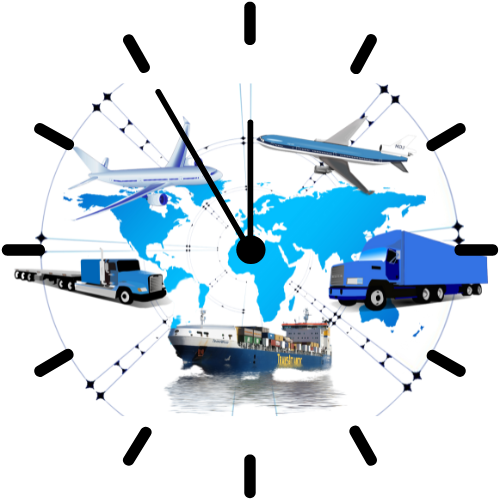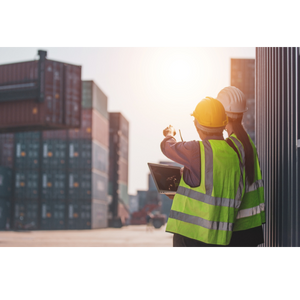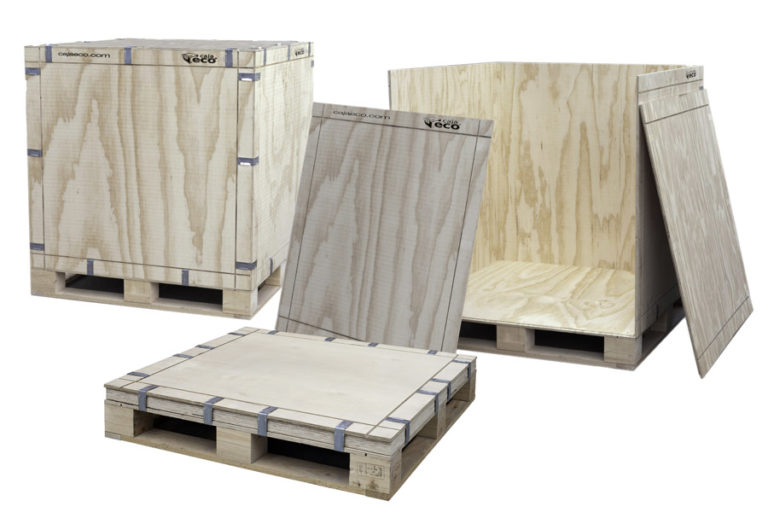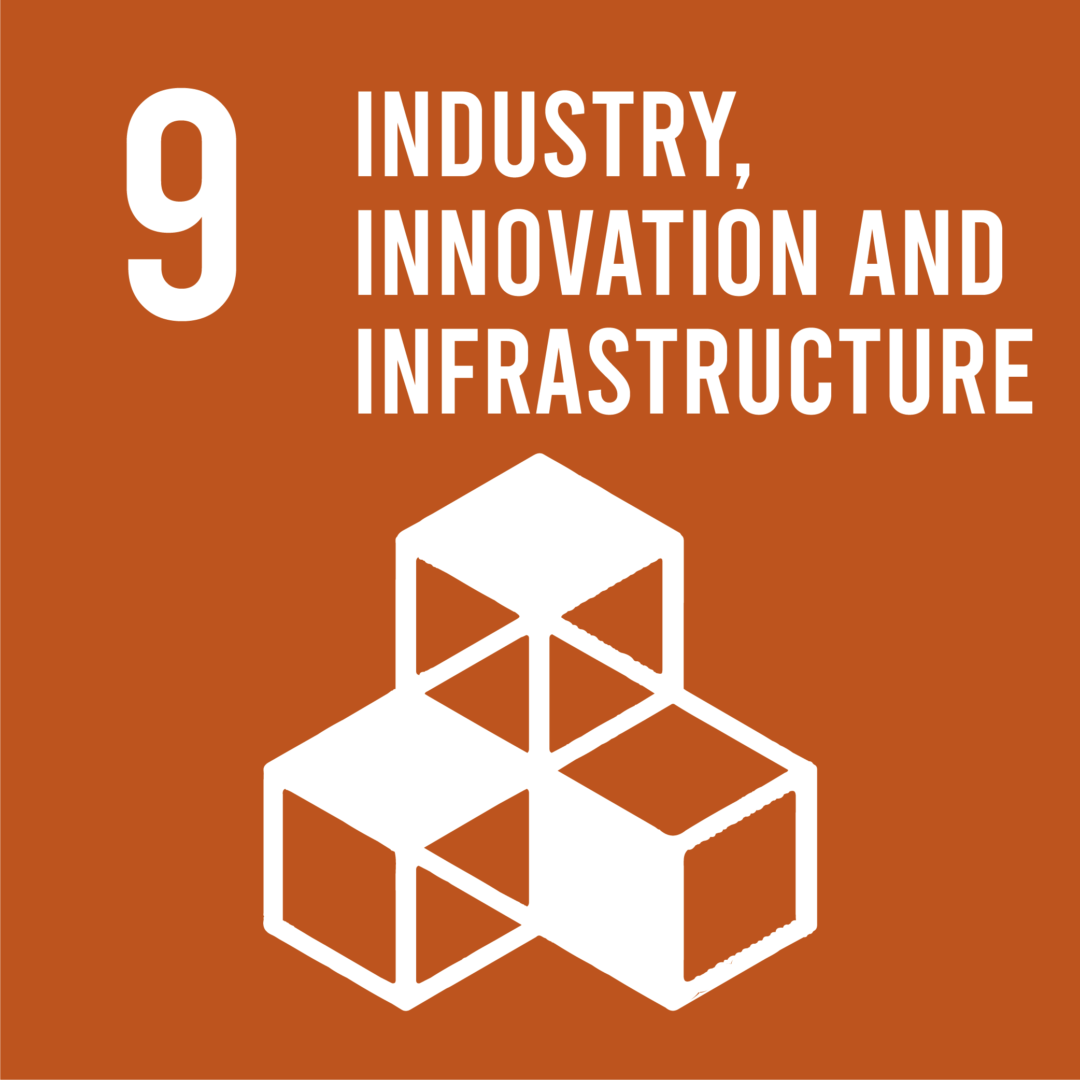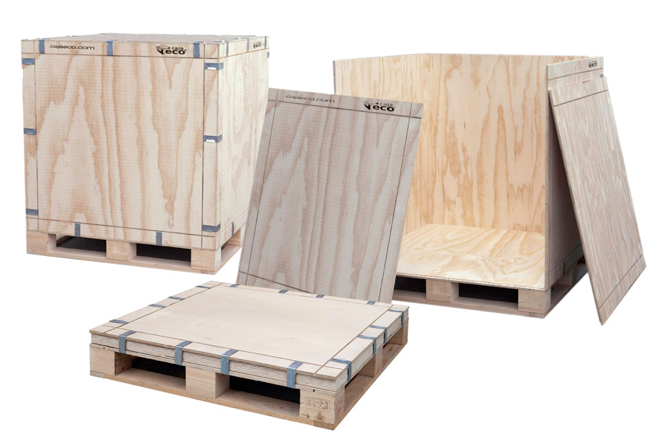Electric mobility is an ever-changing sector that requires innovative, cross-cutting solutions to consolidate its position. It should not be forgotten that the European Union will prohibit the sale of new gasoline or diesel cars from 2035. In fact, Spain expects to have 5 million electric cars on the road by 2030, according to the National Integrated Energy and Climate Plan (PNIEC).
As a manufacturer with a long history in the dangerous goods sector, at 360 Eco Packaging we are closely following the evolution of the lithium battery industry, whose growth will be crucial in the coming years. This will bring about important changes in the entire supply chain.
For this reason, we wanted to analyze some of the challenges posed by the battery industry, which we could summarize as: efficiency, safety and sustainability.
More efficient batteries
Lithium-ion batteries are the dominant technology in electric vehicles, although they include other raw materials such as cobalt, manganese, nickel and other metals.
This type of battery is characterized by liquid electrolytes and carbonaceous anodes, resulting in insufficient energy density, limited lifetime and safety issues.
The industry is currently focused on improving the energy density of batteries, as higher energy density would help to increase range and reduce charging time.
New generation batteries with liquid and solid electrolytes are still in the research phase, but some believe that sooner rather than later we will be able to recharge our electric cars in the time it takes to drink a coffee.

Regulatory framework to ensure safety
As mentioned in the previous point, another challenge facing the battery industry is safety.
All lithium batteries are considered HAZARDOUS GOODS. The increase in lithium battery manufacturing expected in the coming years suggests that approved, optimized and sustainable packaging will be a key element for the competitiveness of the sector.
In recent years there have been accidents due to spontaneous combustion and explosions of lithium batteries, due to improper use, which have endangered the safety of people and the environment.
Therefore, a regulatory framework is needed to ensure the safe handling, storage, charging and transport of batteries, with strict instructions for the control of labeling and marking procedures, depending on the life cycle of the battery.
All this will allow working in each link of the supply chain without the risk of accidents, theft or counterfeiting.

Managing a new waste
The last of the challenges we address has to do with sustainability, and in particular, with the reuse and recycling of batteries at the end of their useful life.
The European authorities have already approved a regulation amending the 2006 Batteries Directive. The new standard will regulate the entire life cycle of batteries, from their design to the production process, in order to reduce the carbon footprint. In addition, it already sets mandatory minimum recycled content requirements for manufacturers.
It is true that the very design of batteries, with a diversity of sizes and materials, makes recycling and reuse difficult. However, in Spain, projects are already being developed to recover the metals that compose them to give them a second life.
At 360 Eco Packaging, we are specialists in the field of ADR certified packaging manufacturing and regulations related to the management of this type of waste.
Contact us without any commitment through the email info@360ecopackaging.com
![]()
